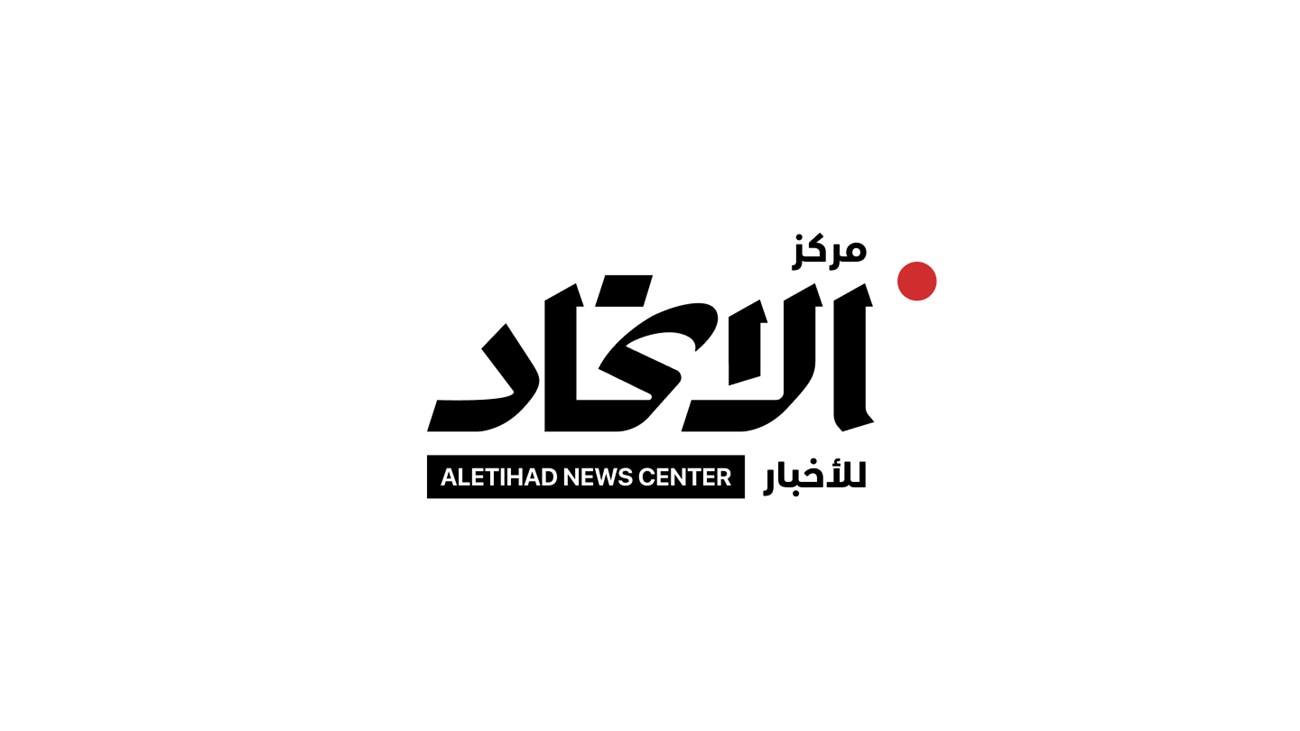By Staff Major General Pilot (Retired) Abdullah Al Sayed Al Hashemi
More than a month after Israel launched operation "Northern Arrows" in Lebanon, the military strategies and tactics employed by both sides are becoming clearer. Both Hezbollah and Israel possess significant military power and have differing strategic objectives, making this conflict complex and intertwined in its military, political, and humanitarian dimensions. This article aims to study the various aspects of this conflict, including the preparations of both sides, the balance of power, and the impact of the conflict on the region.
Hezbollah's Preparations
Since the July 2006 war, Hezbollah has worked on developing a large military arsenal, which includes thousands of short- and medium-range rockets such as the "Katyusha" and "Grad", long-range missiles, and ballistic missiles.
The group has invested in building a complex network of tunnels along the Lebanese-Israeli border, enabling it to execute surprise attacks and withdraw safely, while also using the tunnels to move troops and equipment.
Hezbollah has also developed tactical air defence capabilities, including anti-aircraft missiles, though their effectiveness is limited given Israel's air superiority. Additionally, Hezbollah relies on Iranian-made drones to carry out tactical strikes targeting deep inside Israeli territory.
Israeli Military Preparations
Over the years, Israel has developed an advanced air defense system, including the "Iron Dome," "David's Sling," and "Arrow" systems, which grant it high capabilities in intercepting missiles, limiting the effectiveness of Hezbollah's rocket attacks.
The Israeli military has invested in equipping infantry forces specially trained for combat in complex terrain. Israel's elite forces and special units are among the key components of its ground operations in Lebanon.
Israel has also built advanced surveillance and electronic monitoring infrastructure, relying on continuous tracking of Hezbollah's activities. This is complemented by preemptive air strikes aimed at destroying weapon depots and command-and-control sites in Lebanon and Syria.
Hezbollah's Strategy
Hezbollah's strategy is based on delivering sharp, short-term strikes to inflict significant casualties on Israeli forces and exert psychological pressure on Israeli society.
The group employs guerrilla warfare tactics, launching surprise attacks on multiple points, aiming to force Israel to retreat and halt the fighting.
Hezbollah also follows a dual deterrence strategy by targeting Israeli cities with rockets and naval ships, hoping to reduce Israel's capacity to continue fighting for an extended period.
Israel's Strategy
Israel has adopted an alternative offensive strategy based on "scorched earth" tactics, conducting intense air and ground strikes designed to wear down Hezbollah forces and destroy its vital positions.
Israel seeks to minimize its losses by preempting Hezbollah's attacks, relying on infantry and special forces instead of heavy armored units, which have been vulnerable in previous conflicts.
Israel uses its air defense systems to intercept missiles and reduce the damage on the home front, thereby limiting Hezbollah's ability to create a substantial impact on Israeli territory.
Israeli Technological Superiority
Israel is distinguished by its technological superiority, granting it significant capabilities in air defense, electronic surveillance, and advanced command-and-control systems.
Israel possesses advanced fighter jets and drones, enabling it to conduct reconnaissance and offensive missions effectively. This air superiority is a critical factor in weakening Hezbollah's defensive capabilities.
Hezbollah's Numerical Superiority
Despite Israel's technological edge, Hezbollah has other advantages, including the experience of its fighters in rugged terrain and the network of tunnels that serves as a shield, allowing it to launch attacks on Israeli forces across multiple fronts.
Hezbollah's reliance on ambush tactics and the exploitation of natural terrain in southern Lebanon are key elements of its tactical strength. However, these strengths are limited by Israel's air strikes, which target Hezbollah's infrastructure.
US Position and Support for Israel
The United States provides significant support to Israel in this conflict, both militarily and diplomatically. Washington has provided Israel with financial support, enabling it to build multi-layered air defense systems and supply it with advanced weapons.
This support strengthens Israel's position against Hezbollah and enables it to continue military operations for longer periods, placing Hezbollah in a difficult position in the long run.
Challenges Facing Hezbollah on the Regional Level
Hezbollah finds itself in a precarious position, facing growing isolation in the Arab world, as well as internal political and economic pressures in Lebanon that make it difficult to sustain the conflict over an extended period.
The conflict requires substantial financial and military support, increasing Hezbollah's reliance on Iran as its main source of funding and arms. However, international pressure on Tehran may limit its ability to provide sufficient support to Hezbollah.
Social and Humanitarian Impacts of the Conflict
Lebanese civilians live in a state of anxiety and fear due to the military escalation along the border, with many residents being forced to flee from southern regions.
Lebanon faces significant challenges in providing humanitarian aid and meeting the needs of displaced persons, adding further strain to an already fragile economy.
On the other hand, the sense of anxiety increases within Israel, particularly in the border areas, which are periodically subjected to rocket attacks. Although the air defense systems have been successful in minimizing damage, the continued bombardment creates significant psychological and social pressure.
Conclusion
The conflict between Hezbollah and Israel remains complicated due to the intertwined military, political, and social dimensions. While each side has its strengths and weaknesses, both face significant challenges that require flexible strategies and continuous adaptation to the changing reality. As the conflict continues, the deteriorating humanitarian situation and the economic and social challenges in both Lebanon and Israel are some of the most pressing factors pushing both sides toward finding a political solution to end this prolonged struggle.
Conflict between Hezbollah and Israel: A comprehensive study of preparations of both sides and balance of power


